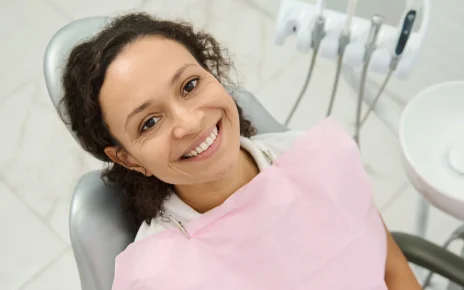There are some possible first molar extraction side effects, including discomfort, swelling, and infection. If you have undergone this procedure, you should consult with a dentist or oral surgeon right away to determine the extent of your discomfort. The extraction site may also require cleaning and covering, so that you don’t feel pain. In some cases, you may experience a throbbing toothache. During this procedure, you will likely feel some loss of appetite, headaches, and dizziness.
Some cases of first molar extraction are more likely to result in an infection or a fractured maxillary tuberosity. However, this is extremely rare. In the following case, a 25-year-old man presented to a primary care center with dentoalveolar fracture. This patient did not have any allergies or other health problems. The patient was otherwise healthy, so the potential side effects were minimal.
Other possible side effects of first molar extraction may include dry socket. A physician may prescribe a rinse with chlorhexidine after the procedure to minimize this side effect. Studies performed on general practitioners have shown that the use of corticosteroids reduces the risk of dry socket. While the risk of complications is very small, it is important to understand the possible risks of this dental procedure and discuss any potential side effects with your dentist.
A study by Figueredo et al. looked at delayed-onset infections after lower third molar extraction. Kunkel and Susarla found that extraction of the third molar was associated with higher risks of complications. Dodson and Susarla also examined factors that led to difficulty with third molar extraction. Voegelin TC studied complications after removing white teeth. It was able to identify the reasons behind the complications.
After the procedure, you may experience pain during the recovery period. Pain usually decreases within three days, although it may be slightly longer if the tooth has a deeper root. Some patients may require antibiotics before the procedure to prevent infection. But these antibiotics are generally not necessary and are not a sufficient cure for the pain. This procedure can also cause serious complications, such as a dry socket. So, it’s important to take the time to learn about the possible risks of first molar extraction.
A difficult extraction can leave a socket sore and require antibiotics. If this happens, the doctor may use sedation or general anesthesia to complete the procedure. If you have an extraction, it’s important to avoid chewing and brushing near the extraction site. You may also experience swelling in your cheeks because of bleeding, which can limit your mouth opening. The swelling isn’t serious, though, and will likely go away on its own with time.
As with any surgical procedure, you’ll have some soreness for a few days after the procedure. Your dentist may prescribe a prescription for painkillers, but this will depend on your medical history. During this time, you should avoid drinking alcohol, strenuous exercise, or eating hot or hard foods. You may also experience pain after the procedure. If you’re still uncomfortable, you should continue to take painkillers as prescribed by your dentist.





